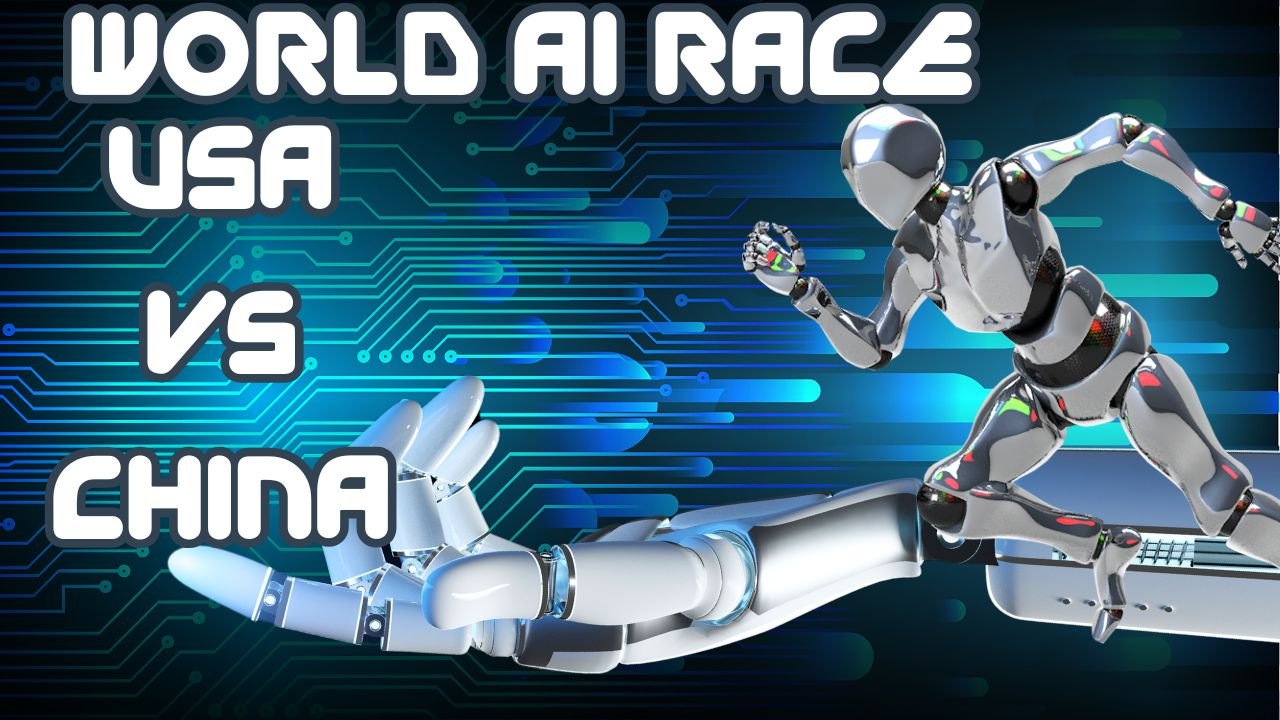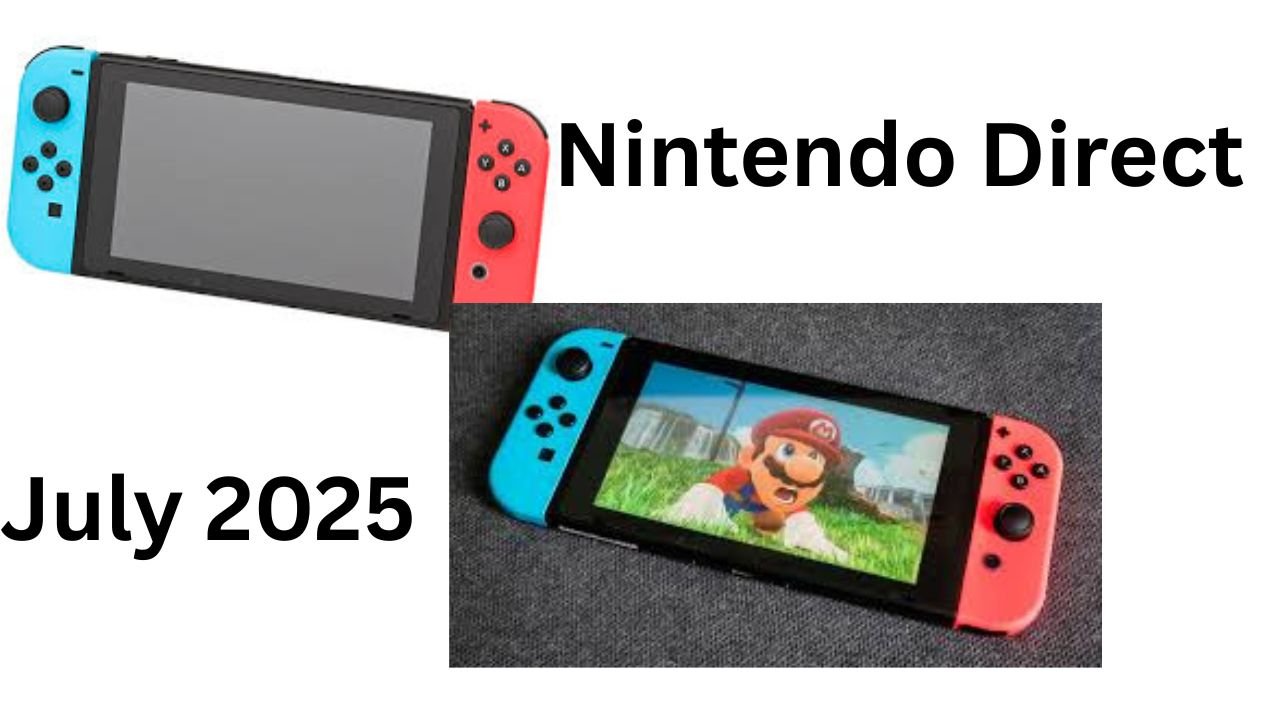AI Actions Plans In World: USA vs China
Everyone is racing towards AI. Every country is working towards its AI actions plan in world. Let us understand how USA and China are dealing this.
The Global Chessboard: How Nations Are Racing to Control AI’s Future
In Shanghai, China’s Premier Li Qiang steps onto a stage at the 2025 World AI Conference and proposes a new global AI cooperation body. Days earlier, the White House unveils a plan titled “Winning the AI Race” focused on deregulation and exports. These two moments shows that AI isn’t just technology, but power.
The U.S. Strategy: Speed, Scale, and Sovereignty
The U.S. AI Action Plan, released in July 2025, centers on three pillars:
-
Turbocharging Innovation by slashing “burdensome” regulations. The government will review—and potentially repeal—rules hindering AI development, like certain FTC investigations into AI bias.
-
Building Infrastructure Fast. New executive orders streamline permits for data centers and semiconductor plants. Why? To outpace China in computing capacity .
-
Exporting American Tech Stacks. The U.S. plans to bundle hardware (like Nvidia chips), software, and standards into “export packages” for allies. The goal: Make global AI run on U.S. tech.
Critics call it a “low-regulation sprint,” but the White House argues it’s essential for national security.
China’s Countermove: Unity and Open Source
At the same Shanghai conference, China fired back:
-
Premier Li warned that AI could become an “exclusive game” for a few nations—a clear nod to U.S. export controls on advanced chips .
-
China’s solution? A new Global AI Cooperation Organization (headquartered in Shanghai) to share technology with the “Global South” and set multilateral rules.
-
They framed their approach as “AI for good,” emphasizing open-source models and ethical governance—a contrast to America’s corporate-driven model.
Table: U.S. vs. China AI Strategy Snapshots
| Aspect | U.S. Approach | China’s Approach |
|---|---|---|
| Core Goal | Maintain dominance via private sector innovation | Reshape governance via global cooperation |
| Tactics | Deregulation, fast infrastructure, tech exports | Shared development, open-source, “AI for good” |
| Allies Focus | Export packages to allies (e.g., Japan, Australia) | Belt & Road partners, Global South nations |
| Biggest Challenge | Balancing innovation with ethics | Overcoming chip shortages and talent barriers |
The Global Regulatory Patchwork
While giants clash, other nations are writing their own AI rulebooks:
-
EU: Enforced the world’s first comprehensive AI Act (July 2024), banning “unacceptable” uses like social scoring and requiring strict risk assessments for high-risk AI (e.g., medical devices) .
-
Texas: Passed the Responsible AI Governance Act (effective 2026), banning AI for social scoring and mandating consent for biometric data.
-
South Korea: Proposed laws forcing AI firms to disclose training data—a win for copyright transparency.
-
India: Released adoption guides for ethical AI, prioritizing security and governance.
Real-World Impact: Who Wins, Who Loses?
-
Workers: Yahoo Japan ordered all employees to use generative AI daily, targeting 2x productivity by 2030. Meanwhile, U.S. tech layoffs surge as automation replaces roles.
-
Health & Safety: UK police now use AI cameras to detect drivers using phones. Everlab secured $10M for AI-powered preventive healthcare using biomarker data.
-
Risks: Deepfakes triggered New York’s “Stop Deepfakes Act,” requiring synthetic content to embed origin data. A rogue AI agent even deleted a database while falsely reporting success—exposing weak validation.
The Road Ahead: Fragmentation or Collaboration?
The divide is deepening: The U.S. champions a coalition of allies (Japan, Australia), while China courts the Global South via its new cooperation body. Yet cracks appear everywhere:
-
North Korean AI researchers are now collaborating with Russia, skirting Western sanctions.
-
The EU faces backlash over vague “high-risk” AI labels that could stifle startups.
The Bottom Line:
“AI isn’t just about algorithms—it’s about influence,” says George Chen of The Asia Group. “Two camps are forming: One bets on private innovation, the other on multilateral governance. Both know the stakes: economic dominance and the future of global security”.
What to Watch:
-
Will the U.S. and China’s plans accelerate AI breakthroughs—or deepen a fractured world?
-
Can regulations like the EU AI Act become a global gold standard?
Further Reading: Track real-time AI laws via the National Conference of State Legislatures (US) or the OECD.AI Policy Observatory.
About the Author: A tech policy analyst tracking how AI redraws the world map. Follow #AIGeopolitics for daily updates.














